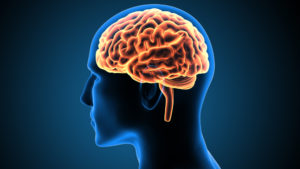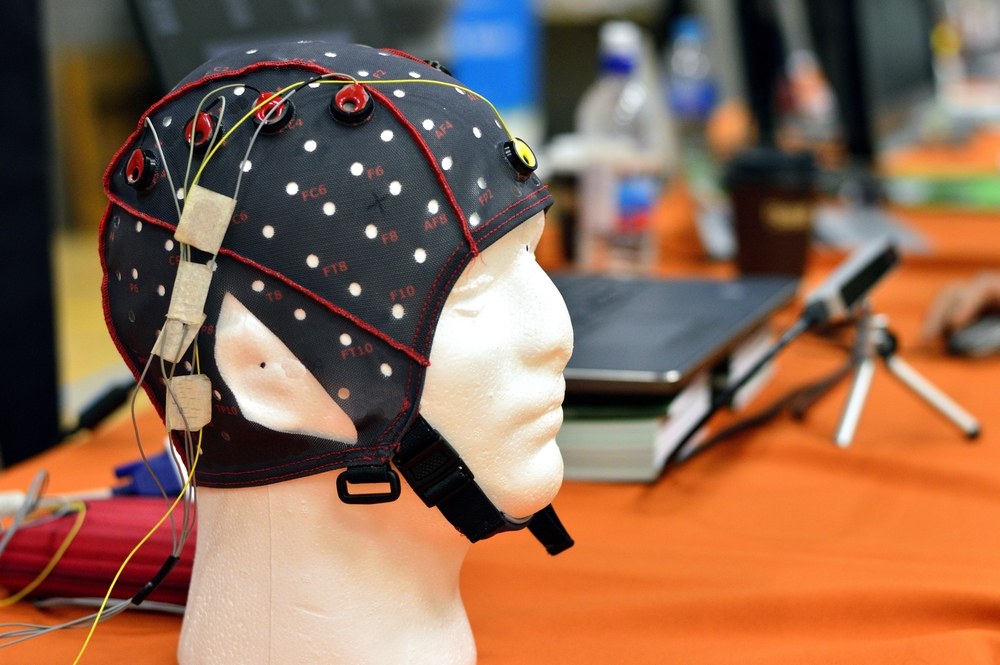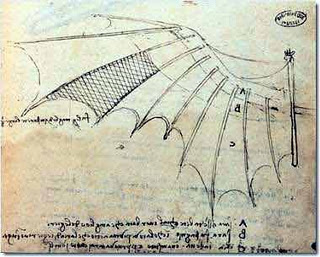
Why Cracking the ‘Brain Code’ Is Our Best Chance for True AI

(Life science of anatomy/Shutterstock)
Artificial intelligence is all the rage today, and it’s definitely real, we tell ourselves. Without AI, how do you explain recent breakthroughs like cars that drive themselves and software that diagnoses cancer? But there’s an emerging consensus that to develop true artificial intelligence, we’ll need to double-down on scientific research into how the human brain actually works. That is, we need to crack the brain code.
Neuroscientist Pascal Kaufmann scoffs at the notion that big data-powered deep learning algorithms have delivered intelligence of any type. “If you need 300 million pictures of cats in order to say something is a horse or cat or cow, to me that’s not so intelligent,” says the Swiss CEO of Starmind. “It’s more like brute-force statistics.”
Kaufmann isn’t the first to let the statistical cat out of the bag, so to speak, on big data analytics. While supercomputer folks in the high performance computing (HPC) business spend their time converting physical laws into code that can run on computers for the purpose of simulating the natural world to the greatest degree possible, the big data industry spends its time finding interesting correlations hidden in huge data sets that, hopefully, have useful purposes.
Buoyed by massive data sets and cloud-scale GPU setups, this statistical approach has brought us beneficial things, including fraud-detection programs that save banks millions and recommendation engines that connect consumers with more stuff to consume. But according to Kaufmann, this approach will never get us over the hump into the realm of true AI.
“Intelligence to me would be much more looking at one cat, as like children or newborns do, and extracting [evidence] based on small data. I would then call that AI,” he tells Datanami. “I think it’s impressive what statistics is capable of, but it’s definitely not what we’re looking for when it comes to human intelligence.”

Facebook’s Building 8 initiative seeks a non-invasive brain-machine interface, whereas Elon Musks’ new Neuralink startup does not
Kaufmann is not alone in that assessment. Demis Hassabis, who founded and runs the DeepMind division of Google, recently co-authored a recent story in the journal Neuron that argues that better understanding biological brains could play a vital role in building intelligent machines.
In a recent interview, Hassabis, who studied neuroscience for his PhD before founding the company that Google acquired for $500 million, says better understanding of how the human brain actually works will be critical for developing AI.
“The human brain is the only existing proof we have that the sort of general intelligence we’re trying to build is even possible,” he tells the Verge, “so we think it’s worth putting the effort in to try and understand how it achieves these capabilities.”
Brain-Machine Interfaces
As the Web giants look to emulate how the human brain works with complex neural networks, they’re simultaneously looking to tap into the brain directly. Facebook, for instance, is investing in an initiative called Building 8 that could someday allow you to “think” commands at your smartphone, or what The Guardian called “reading your brainwaves.”

Starmind CEO Pascal Kaufmann says better research into how the brain works is the key to AI
“It sounds impossible but it’s closer than you may realize,” Facebook’s Building 8 manager Regina Dugan, who previously ran DARPA, told an audience earlier this year. “It’s not about decoding random thoughts….We’re talking about decoding the words you’ve already decided to share by sending them to the speech center of your brain.”
While Facebook promises a “non-invasive” way to capture the brain signals from caps that sit atop the head, billionaire technologist Elon Musk is going all in with the brain with his new machine-brain interface company, Neuralink, which proposes the use of electrodes to extract data from human brains, transform it into binary form, and load it into an external computer — a sort of cyborg ETL, if you will.
“I think it’s a lot of marketing hype,” Kaufmann says. “Many scientists were disappointed when they read Musks’ announcement, because that was really exaggerated….If you don’t understand the language of the brain, how should you be able to talk to the brain?”
Breaking Brain (Code)
For all the medical research that’s gone into understanding the human brain, we really don’t have a good theory on how it actually works. To really drive true AI, we need to figure out how it really works, or “crack the brain code,” Kaufmann says.
“I think we should look for the principals of the brain and not try to copy and paste the brain, because that would be impossible,” he says. “You can’t simulate hundreds of billions of brain cells. You need to look for the principles, and I think we’re lagging in good principles. We are lagging in basic understanding of how the brain works. If we crack the brain code, I think we can build an artificial brain.”

Leonardo Da Vinci sketch of a wing
We need more out-of-the-box thinking to really get a good grasp on what’s going on inside our craniums, says Kaufmann, adding that the popular analogy that compares the human brain to the working of a computer is misleading and should be abolished from our school’s curriculum because it diverts our ability to see the problem clearly. “We need to have a fresh new approach to crack the brain code,” he says.
For example, if we set out to build an artificial bird, it would be a very complex endeavor requiring the simulation of all sorts of systems, including blood, bones, and feathers. But that work would miss the point entirely. “It was Leonardo Da Vinci who said it’s completely irrelevant whether there are feathers or blood or bones flowing into the birdwings. It’s the profile of the wing that’s important.”
What we need, Kaufmann says, is a Newtonian moment where the creativity of the human mind suddenly grasps the fundamental principles governing how the brain actually works. “I think we should bring together the smartest people in the world and laser-focus them on some old requests in brain research and hopefully there will be Newtonian moments and someone will come up with those two or three principles,” he says.
In the same way that Da Vinci extrapolated the principles of flight from watching birds wings and sketched designs of some of the first human aircraft more than 500 years ago, AI will be allowed soar — once we crack the brain code.
“Ninety five to 98% all investments in AI I think are misplaced because they are betting on a form of computers and I really don’t believe in that,” Kaufmann says. “Ultimately I think if you crack the brain code, you can actually build AI brains that are much more powerful than biological brains.”
Related Items:
5 Things AI Is Better At Than You
Machine Learning, Deep Learning, and AI: What’s the Difference?



























